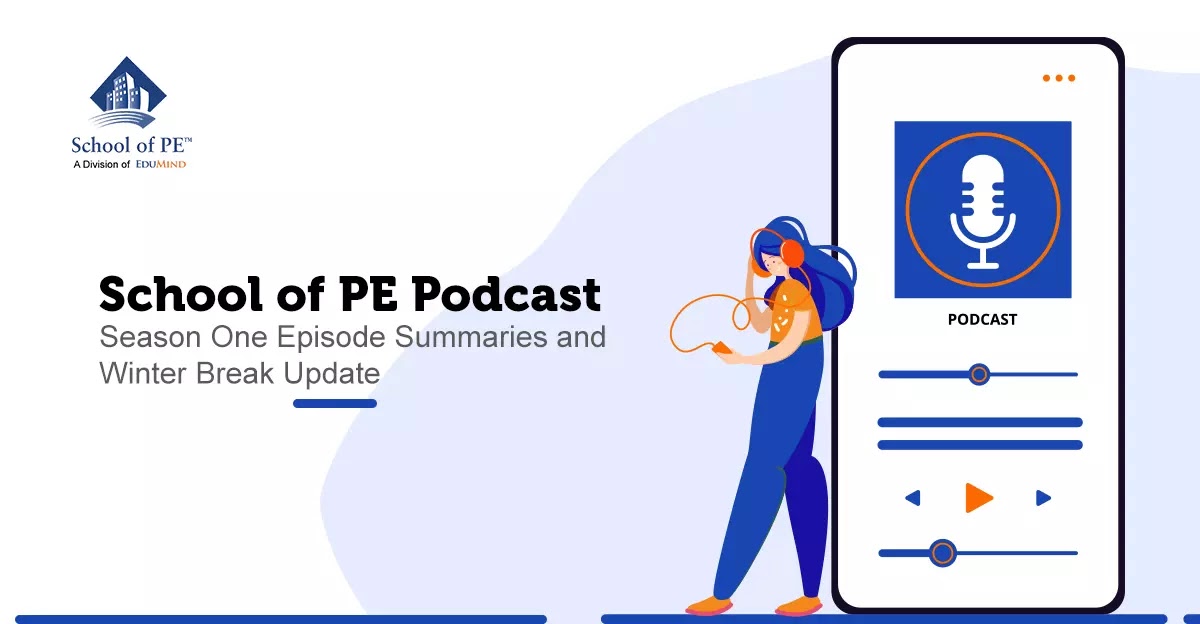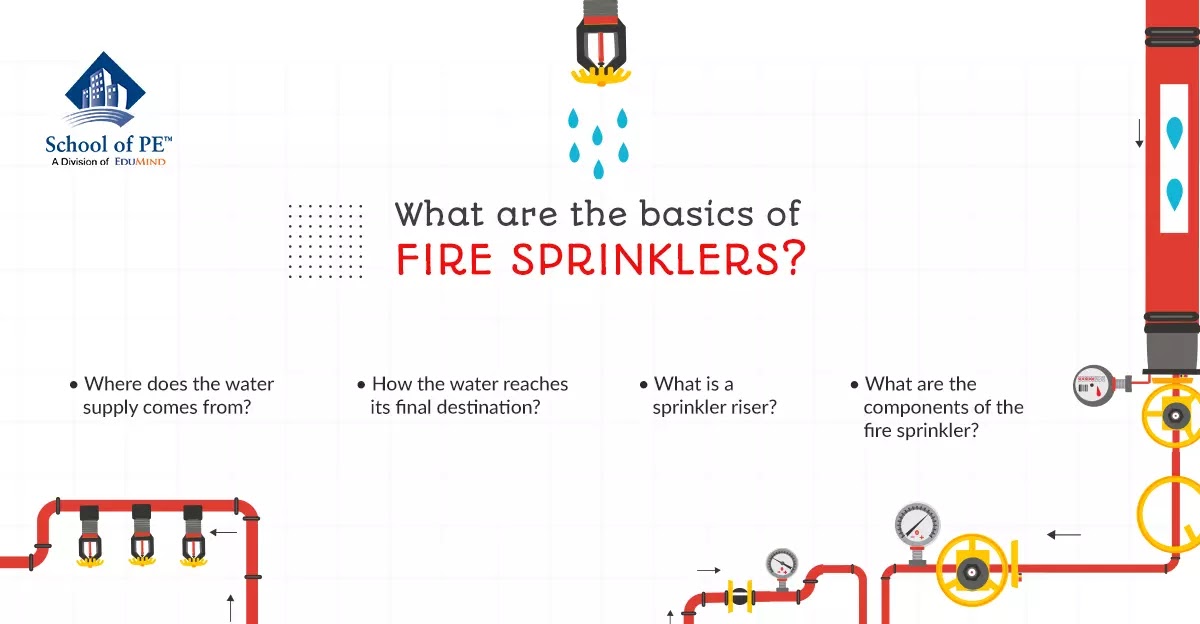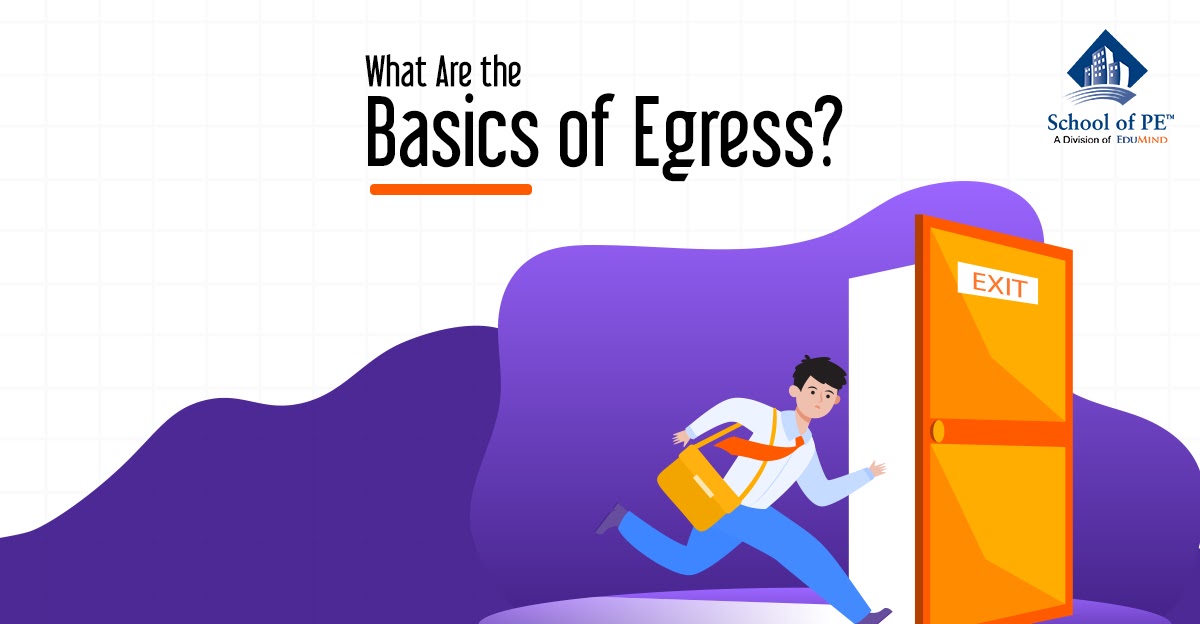
Friday, 31 December 2021
5 Top Tips and Tricks to Pass the PE Environmental Exam

Friday, 24 December 2021
What Is the Best Strategy to Pass the PE Civil Exam?


Professional Engineer with 7 years of continuing success in civil engineering roles. I genuinely enjoy creating engineering solutions that have generated millions of dollars in savings to customers. I thrive in fast-paced environments that require critical operational management and mastery of technical details. My goal is to join a growing team that is looking to scale their footprint and profitability.
Friday, 17 December 2021
School of PE Podcast Season One Episode Summaries and Winter Break Update

Martha Hunsucker is a content writer for EduMind. She received her BA in English from Stetson University and has experience marketing, copywriting, editing, and blogging. In her spare time, she enjoys reading books by Jon Krakauer (her current favorite author), hiking with her two dogs, and sleeping in on weekends.
Thursday, 9 December 2021
What Happens During an NCEES Exam Development Experience?

Nick Tran is a licensed Mechanical and Fire Protection Engineer in California. He has an Associates degree in Computer Aided Design from De Anza College, a Bachelor of Science degree in Mechanical Engineering from San Jose State, and a Master of Science degree in Fire Protection Engineering from Cal Poly SLO. He is currently on the UL Standards Technical Panel for UL 38 and was president of the Alameda County Fire Prevention Officers Association.
Friday, 3 December 2021
What Are the Basics of Fire Dynamics?

Nick Tran is a licensed Mechanical and Fire Protection Engineer in California. He has an Associates degree in Computer Aided Design from De Anza College, a Bachelor of Science degree in Mechanical Engineering from San Jose State, and a Master of Science degree in Fire Protection Engineering from Cal Poly SLO. He is currently on the UL Standards Technical Panel for UL 38 and was president of the Alameda County Fire Prevention Officers Association.
Thursday, 25 November 2021
What Are the Basics of Fire Sprinklers?

Nick Tran is a licensed Mechanical and Fire Protection Engineer in California. He has an Associates degree in Computer Aided Design from De Anza College, a Bachelor of Science degree in Mechanical Engineering from San Jose State, and a Master of Science degree in Fire Protection Engineering from Cal Poly SLO. He is currently on the UL Standards Technical Panel for UL 38 and was president of the Alameda County Fire Prevention Officers Association.
Friday, 19 November 2021
What Are the Basics of Fire Alarm Systems?
Nick Tran is a licensed Mechanical and Fire Protection Engineer in California. He has an Associates degree in Computer Aided Design from De Anza College, a Bachelor of Science degree in Mechanical Engineering from San Jose State, and a Master of Science degree in Fire Protection Engineering from Cal Poly SLO. He is currently on the UL Standards Technical Panel for UL 38 and was president of the Alameda County Fire Prevention Officers Association.
Friday, 12 November 2021
What Are the Basics of Egress?

Nick Tran is a licensed Mechanical and Fire Protection Engineer in California. He has an Associates degree in Computer Aided Design from De Anza College, a Bachelor of Science degree in Mechanical Engineering from San Jose State, and a Master of Science degree in Fire Protection Engineering from Cal Poly SLO. He is currently on the UL Standards Technical Panel for UL 38 and was president of the Alameda County Fire Prevention Officers Association.
Friday, 5 November 2021
Why Become a Fire Protection Engineer?
- All the codes, research, testing, and development have one singular goal: ensuring the health and safety of people in the built environment.
- It is often said that the life safety codes are written in blood, and this idea is mostly true.
- As fire protection engineers learn more about fire dynamics and their impacts on human behavior, they continue to make changes in the relevant codes.
- Many engineers are interested in how their company affects the world or the environment, and even in the private sector, most fire protection engineering companies offer a way to positively influence society while providing challenging and enjoyable projects.
- No matter the type of work they do, a fire protection engineer will always be able to say they made a positive impact in their industry.
- If you are interested in working in an industry whose sole focus is on making life safer, then fire protection engineering is for you!

- The fire protection engineering community is relatively small and not saturated like civil or mechanical engineering.
- In fact, in the state of California, there are only 800 active and licensed fire protection engineers, and of them, only 300 reside in the state.
- This means that if you are passionate about engineering, you will likely stand out amongst your peers and at the very least, you will be recognized by your peers as a highly specialized and talented employee.
- There is also a plethora of areas to explore in this field, including research, design, and code development. Fire protection engineering is a relatively new engineering discipline, with California licensing beginning in the late 1970s, compared to other more traditional disciplines, like civil which began licensing in the 1920s and mechanical beginning in the 1940s.
- If you want to be a part of a burgeoning industry, fire protection engineering is for you.
- Additionally, with the recent explosion of new construction, fire protection engineers are in demand now more than ever, which is an excellent segue to the next topic: salary.
- According to the Bureau of Labor and Statistics, fire protection engineers (often classified as health and safety engineers) are slated to make an additional $4,000 per year over mechanical engineers and $6,000 per year over civil engineers (https://www.bls.gov/ooh/architecture-and-engineering/health-and-safety-engineers.htm, https://www.bls.gov/ooh/architecture-and-engineering/mechanical-engineers.htm, https://www.bls.gov/ooh/architecture-and-engineering/civil-engineers.htm).
- The job outlook is also rosy, as society becomes increasingly safety conscious, and more buildings are being constructed.
- There are also many foreign companies that heavily recruit for fire protection engineers and offer additional perks and benefits such as paid housing and travel allowances.
- Although satisfaction and recognition are important for any job, at the end of the day, we all need to pay the bills, and fire protection engineering provides fun and interesting career opportunities.
Nick Tran is a licensed Mechanical and Fire Protection Engineer in California. He has an Associates degree in Computer Aided Design from De Anza College, a Bachelor of Science degree in Mechanical Engineering from San Jose State, and a Master of Science degree in Fire Protection Engineering from Cal Poly SLO. He is currently on the UL Standards Technical Panel for UL 38 and was president of the Alameda County Fire Prevention Officers Association.
Friday, 29 October 2021
What does a fire protection engineer do?

Nick Tran is a licensed Mechanical and Fire Protection Engineer in California. He has an Associates degree in Computer Aided Design from De Anza College, a Bachelor of Science degree in Mechanical Engineering from San Jose State, and a Master of Science degree in Fire Protection Engineering from Cal Poly SLO. He is currently on the UL Standards Technical Panel for UL 38 and was president of the Alameda County Fire Prevention Officers Association.
Friday, 22 October 2021
How Do I Acquire My PE Civil License in the United States?
- A passing grade on both the FE and PE Civil exam.
- A bachelor's degree in engineering from an EAC/ABET accredited program (or other equivalent degree combinations).
- Engineering work experience.
- References from other engineers.

Eric is a professional engineer with over 5 years of experience in the civil and stormwater industry. Prior to obtaining his master's degree from Colorado School of Mines, Eric attended Georgia State University where he played on the men's soccer team for four years. When Eric is not practicing engineering, he still enjoys kicking the soccer ball as well as hiking and traveling.
Wednesday, 13 October 2021
3 Steps to Passing the PE Civil Exam

Eric is a professional engineer with over 5 years of experience in the civil and stormwater industry. Prior to obtaining his master's degree from Colorado School of Mines, Eric attended Georgia State University where he played on the men's soccer team for four years. When Eric is not practicing engineering, he still enjoys kicking the soccer ball as well as hiking and traveling.
Friday, 8 October 2021
Top Four Fire Protection Engineering Education Programs
- The program was completely online and was very convenient to attend classes either live or recorded.
- I preferred to attend the classes live so I could ask questions as I went along and then watch the recordings for parts that I needed to review.
- All the instructors were extremely responsive, as I could expect an email response from them within the hour during the day and no longer than 24 hours, even on the weekends.
- They did offer in-person classes at the actual campus and a few students attended that way.
- The only negative about the program would be that some of the concepts would have been more easily understood in person, but that can be easily overcome by asking questions or attending in-person classes, and this issue is universal for all online programs.
- Overall, I would highly recommend getting your master's degree in fire protection engineering, and when you do sign up at https://fpe.calpoly.edu/, let them know that I sent you!
- They are the gold standard when it comes to fire protection engineering programs because they have significant research resources and outstanding faculty.
- Many of their professors are considered top tier in the fire protection industry and have many years of experience and knowledge.
- Most people with a degree in fire protection engineering are graduates of the University of Maryland and the alumni are very active post-graduation, so networking opportunities are likely to abound.
- If you are interviewing at a fire protection engineering consulting firm, chances are high that the interviewer is from the University of Maryland, and they will be familiar with your background.
- The University of Maryland boasts the only bachelor's degree program that is ABET accredited.
- You can find more information here: https://fireprotection.umd.edu/.

- This is an English-speaking program that offers a unique European perspective on fire protection engineering, as they emphasize performance-based solutions rather than code-driven requirements.
- Ghent University is also part of a larger network of other world-renowned universities including the University of Edinburgh, Lund University, University of Queensland, ETH Zurich, and University of Maryland, so their program is able to provide resources from a multitude of top institutions. To find out more, visit https://studiekiezer.ugent.be/international-master-of-science-in-fire-safety-engineering-en/2021.
- Because they offer a degree in engineering technology, you should first check with your state's engineering licensing board to see if that qualifies you to take the professional engineering exam.
- Oklahoma State University offers a more hands-on approach to fire protection engineering in which students will actually don firefighting equipment and learn practical approaches to fire prevention. Learn more about this program here https://ceat.okstate.edu/det/fpset/.
Nick Tran is a licensed Mechanical and Fire Protection Engineer in California. He has an Associates degree in Computer Aided Design from De Anza College, a Bachelor of Science degree in Mechanical Engineering from San Jose State, and a Master of Science degree in Fire Protection Engineering from Cal Poly SLO. He is currently on the UL Standards Technical Panel for UL 38 and was president of the Alameda County Fire Prevention Officers Association.
